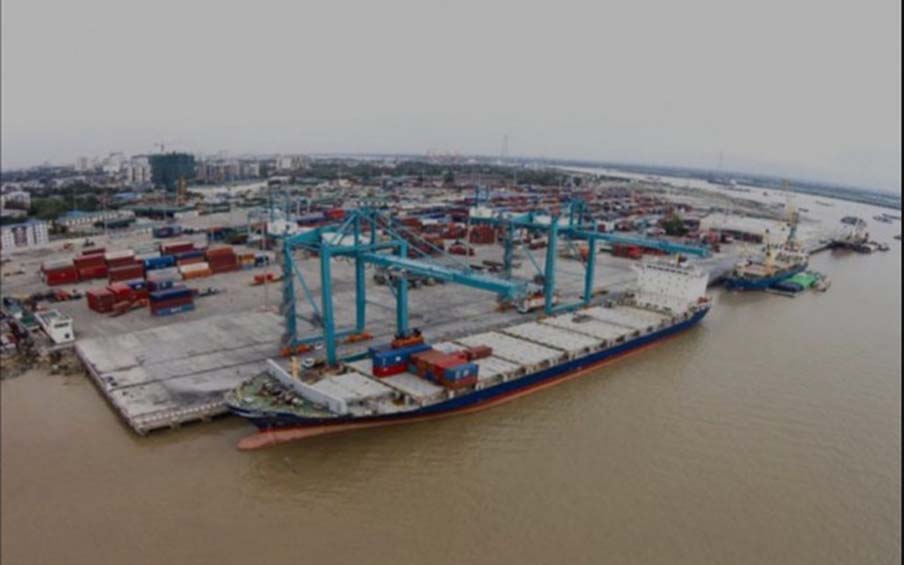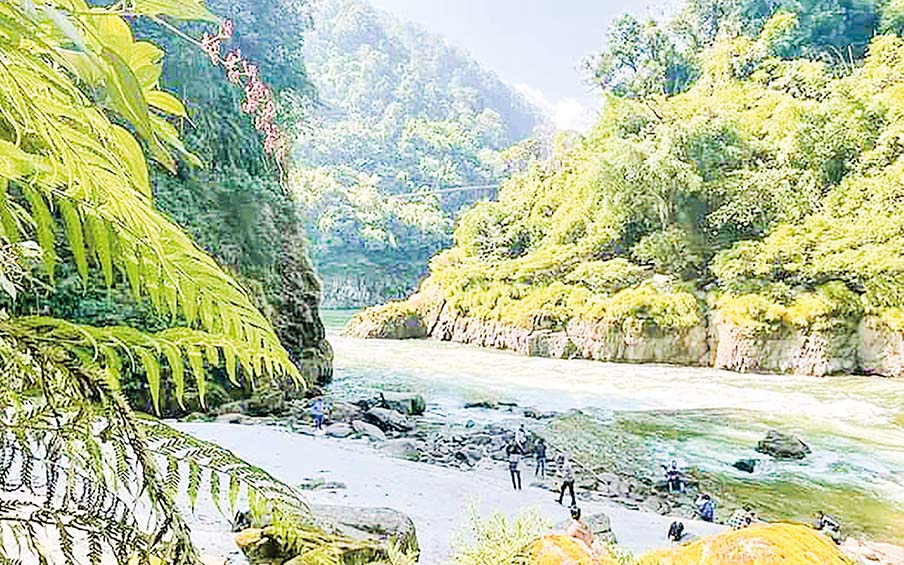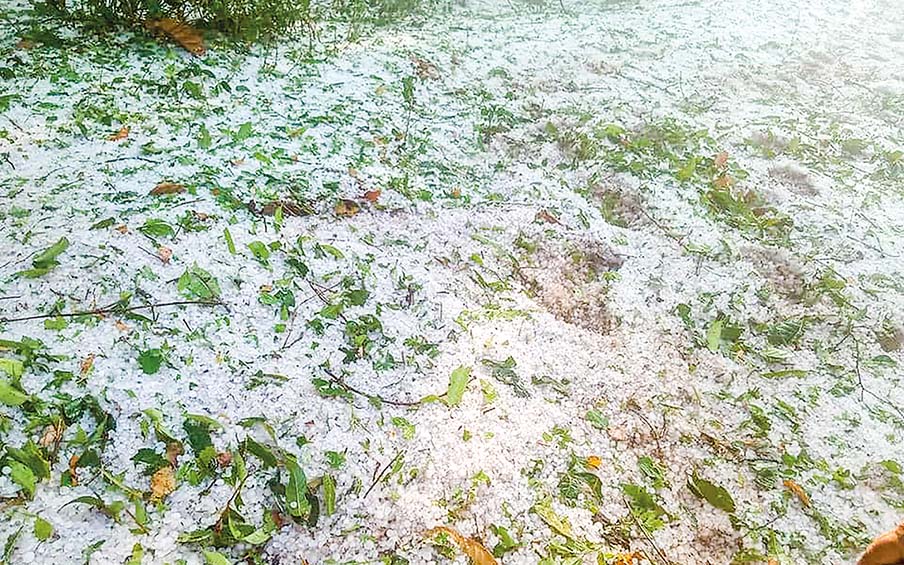For the next three months: March, April and May, the people in Myanmar will be exposed to high-temperature, gale-force winds and high UV index.
Especially, gale-force winds hit the country in the evenings in March and April, the first two months of our summer season.
The Meteorology and Hydrology Department issued a weather warning yesterday stating that during March and April, isolated rains or thundershowers are likely in the afternoons or evenings, accompanied by strong winds, hail, thunder, and lightning, due to convective clouds created by gradually rising day temperatures across the country. The surface wind speed is expected to reach a mean of 35 to 40 km per hour.
Hence, people should take “full precautions” in the evenings and take “necessary action” to protect themselves and their property.
Operators of vessels in rivers in affected areas should remain on the alert for tornadoes that can occur during thunderstorms.
Gale-force winds, which tend to follow heavy rainfall, hit parts of Myanmar every year, destroying homes, toppling trees, and causing fatalities and injuries. Most areas across the country have experienced strong winds during the day due to high temperatures.
People should stop everything and stay indoors when a storm wind hits.
Another danger in the summer season is ultra-violet (UV) rays. With daytime temperatures increasing, the UV index level will also be rising day by day.
As the weather transitions from winter to summer, the daytime temperature will spiral upwards, and we can expect more severe weather patterns rather than normal conditions as the world warms up due to climate change.
On account of global warming, the evil effects of natural disasters related to climate change are threatening the safety of our planet. There have been increased occurrences of natural disasters with greater destructive impact. The consequences of climate change can cause physical and mental damage.
It is clear that we need to be ready to resist and respond to natural disasters. We would like to remind all of you that our country has seen an increase in the number of natural disasters since 1980.
Weather patterns do not care about coronavirus, and weatherrelated disasters are becoming more frequent and severe.
Being on alert and better preparation for coming severe weather patterns and disasters would allow us to go beyond mitigating losses.












